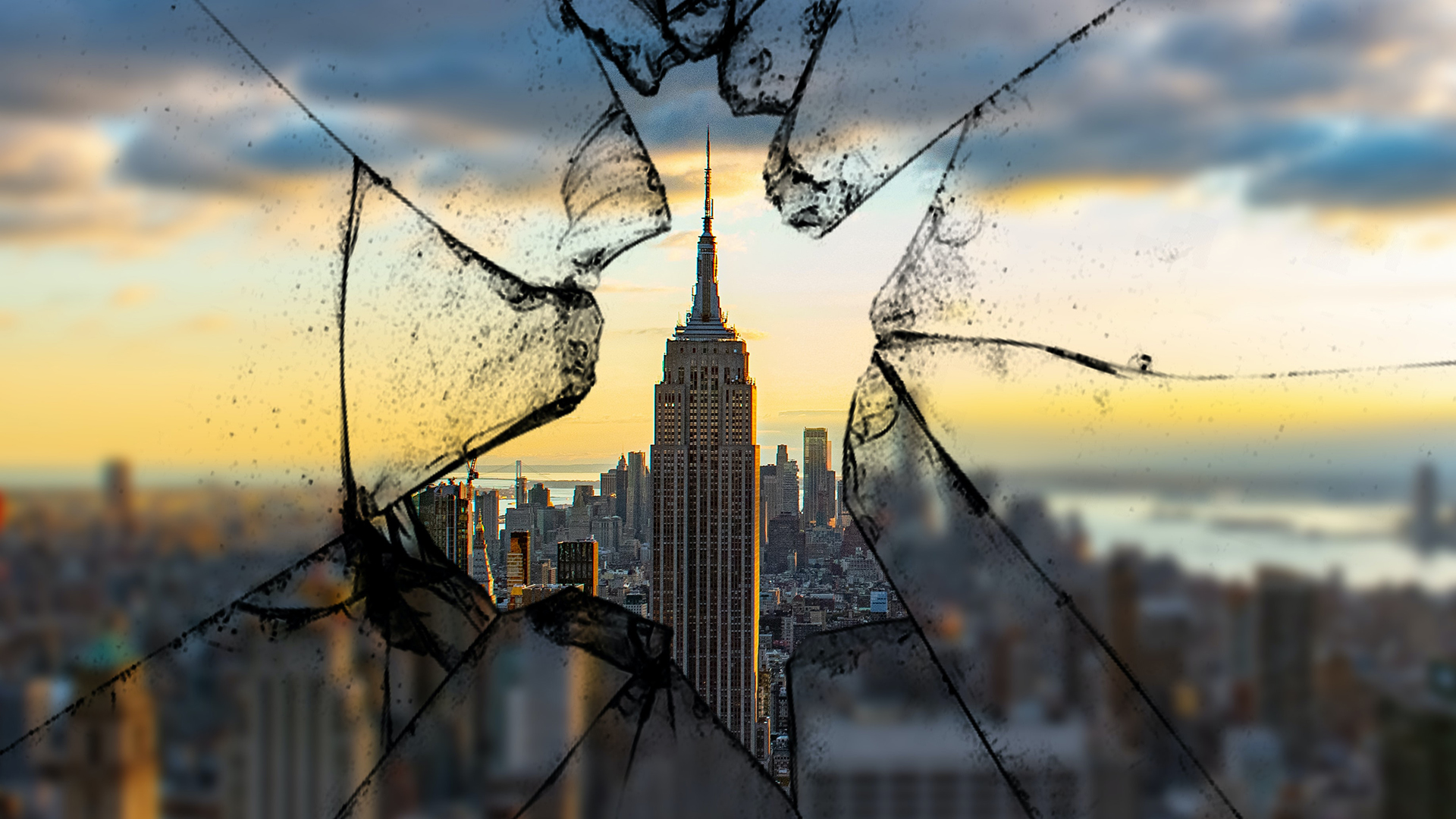The pandemic has accelerated all sorts of long-term trends that impact our cities, towns, high streets, main streets and shopping malls – trends like online shopping, working from home, virtual meetings, food delivery, and the home as an entertainment centre. In the last year they’ve all morphed from looming, long-term “things to think about” into very current problems triple-underlined in red.
What are cities and retailers to do? You can’t lure people back with stuff. They can get that from Amazon. You can’t excite them with service. Deliveroo does that. There’s only one way to get people coming back to your streets and through your doors: to set the stage you own with the possibility for exciting, engaging and memorable experiences that they can’t get at home.
This is such a pressing issue that, following on from last week’s inaugural evening of ‘endineering’, we decided to make this the challenge for our second Experimental Campfire. Since everyone in the WXO Founding Circle – from Mohamed in Istanbul to Stephanie in New York, from Peter in Copenhagen to Joe in Minnesota – is an experience expert, this time around we decided to switch up the format by replacing our firestarter talks with group brainstorming.
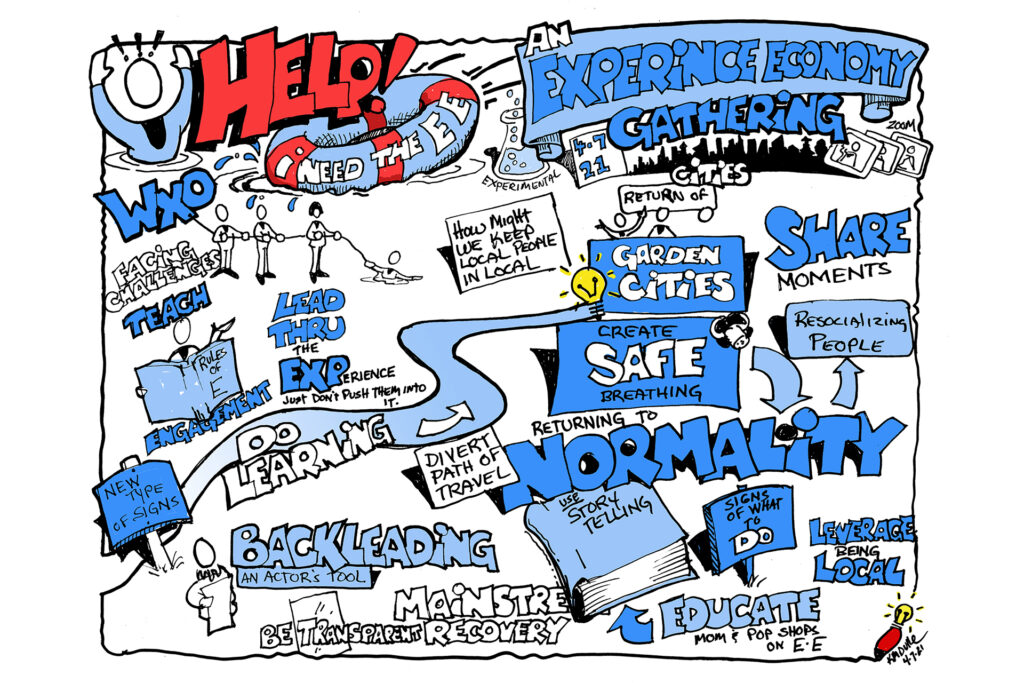
After jointly identifying the biggest challenges facing retail, our circle broke off into pairs to come up with some possible solutions, using tried-and-trusted problem-solving frameworks from their different sectors. Pioneers in immersive tech, escape rooms, LX (learning experience) and more brought concepts like experience signposting, deep learning and backleading to the table.
Local motion
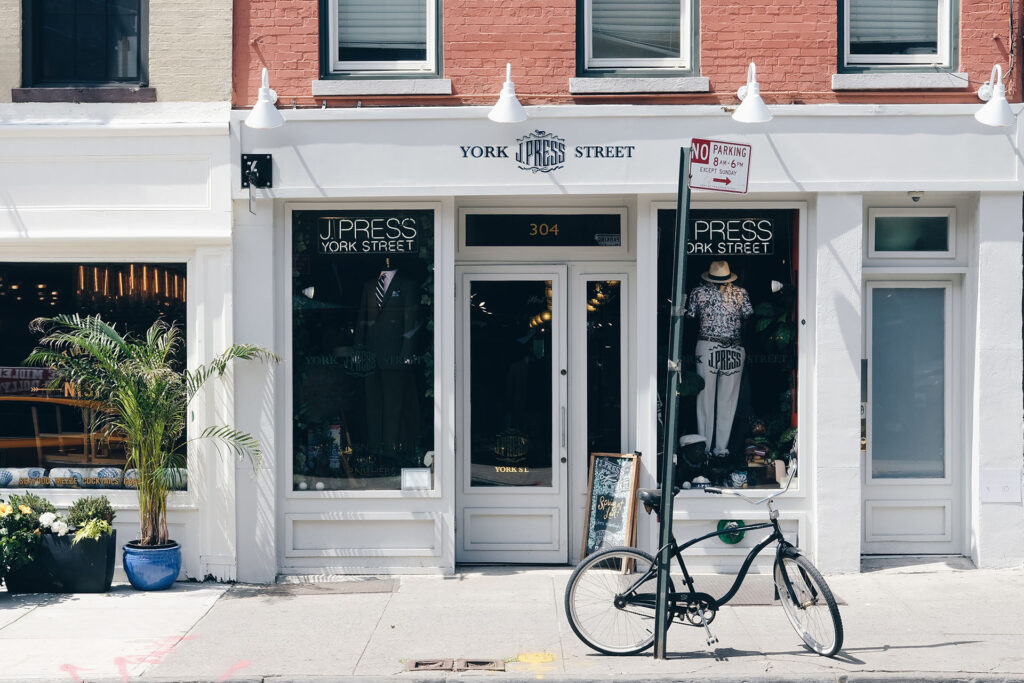
Our experience experts then presented their solutions back to the campfire as a whole. Interestingly, almost all the ideas focused on local town centres, high streets and main streets rather than city centres. And for good reason – wherever you are in the world, your relationship with your local high street has probably changed over the past year.
Whereas beforehand you might have only popped in for the odd pint of milk – or bypassed it entirely on your commute to and from the city centre – the redrawing of our social boundaries by lockdown restrictions has forced us to stick to our neighbouroods and shop more locally, breathing new life into mom-and-pop stores that may have previously struggled to compete.
However, with lockdowns lifting and workers tentatively trickling back into offices and city centres, the local high street is balancing on a knife edge. We already know that businesses of all stripes shouldn’t be looking to return to the old normal and that without experiences, there can be no economic recovery.
So how can the high street take advantage of this strange twist in its fortunes to compete with the return of global retail, both on and offline, as we settle into post-pandemic life? Here are some quickfire solutions from our experts.
How might we make visiting IRL shops something that people are proud to do?
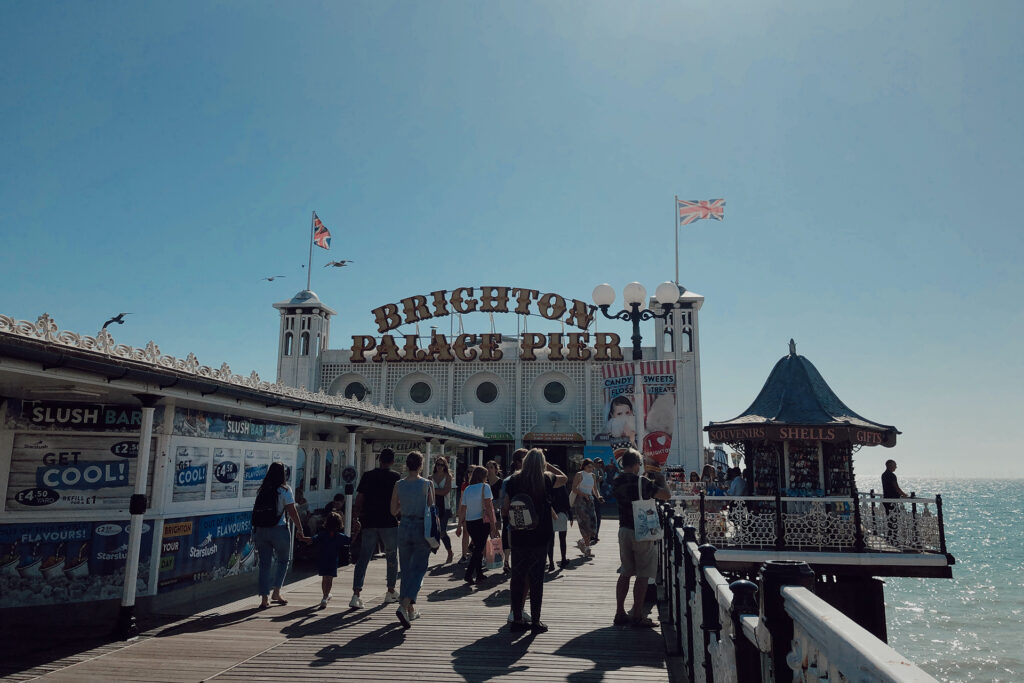
Author and experience economy legend Joe Pine kicked us off by explaining that everything comes back to mindset. “If the high street believes things will go back to normal, they will likely fail. They need to understand that they have to give shoppers a reason to come to their stores, and that is by offering time-well-spent experiences,” he said.
“Thrill engineer” Brendan Walker agreed, citing some recent work with Brighton Palace Pier. “It’s an interesting time for them as they’ve developed a good local audience, but they’re worried that after a month of lockdown lifting people will get bored of this local experience and start dribbling back into London. So how might we protect local by offering something quite different, rather than a 10% offering of the 100% offering going on in the cities?”
Architect Ray Hole put forward the idea that this is already almost happening “by osmosis” in smaller towns. “It brings us back to the garden city model where you know the space around you well. History has shown us that all the big epochs of history had city centres which were decentralised during the next big unsettling. The Experience Economy can therefore break out everywhere – so how might we support the local high street to become better future hubs?
“If the high street believes things will go back to normal, they will likely fail. They need to understand that they have to give shoppers a reason to come to their stores, and that is by offering time-well-spent experiences.”
Joe Pine, author of The Experience Economy
According to experience designer John Connors, the answer lies in identifying what needs high street visitors currently have and which of these needs they can meet better than anyone else (hint: it isn’t going to be low price, high selection, or convenience. Internet shopping will always win that). “If we assume that most citizens feel a desire to act in a way that improves their community and would like to present themselves socially, either on social media or through conversation, in a way that shows how they are doing this, then a good starting point would be an education marketing campaign about why you should shop at your local high street.”
“Tell the stories of these local shop owners,” John continued. “Teach how a dollar spent locally stays in the community at a higher percentage than a dollar spent online. Lean into the same sense of local pride that makes folks cheer for their local football club. And then create photo opps – maybe a sticker that says “I shop local” or “Support your high street”. Create some social capital. Reward shoppers with something to post that makes them look good.”
“Tell the stories of these local shop owners. Teach how a dollar spent locally stays in the community at a higher percentage than a dollar spent online. Lean into the same sense of local pride that makes folks cheer for their local football club.”
John Connors, founder of Peak End Experience
After this, the second step would be “to create some things that you can experience once you are here that are genuinely fun and worth revisiting – something that can’t be replicated online”. This point was mirrored by Brendan Walker and professor Gary Ellis, They proposed the idea of “First Fridays”: highlighting local artists, musicians, poets and entertainers to maintain a distinct local identity, get people to understand that this will be a repeated offering, and give shop owners motivation to compete with each other.
How might we design solutions that account for ‘resocialization anxiety’?
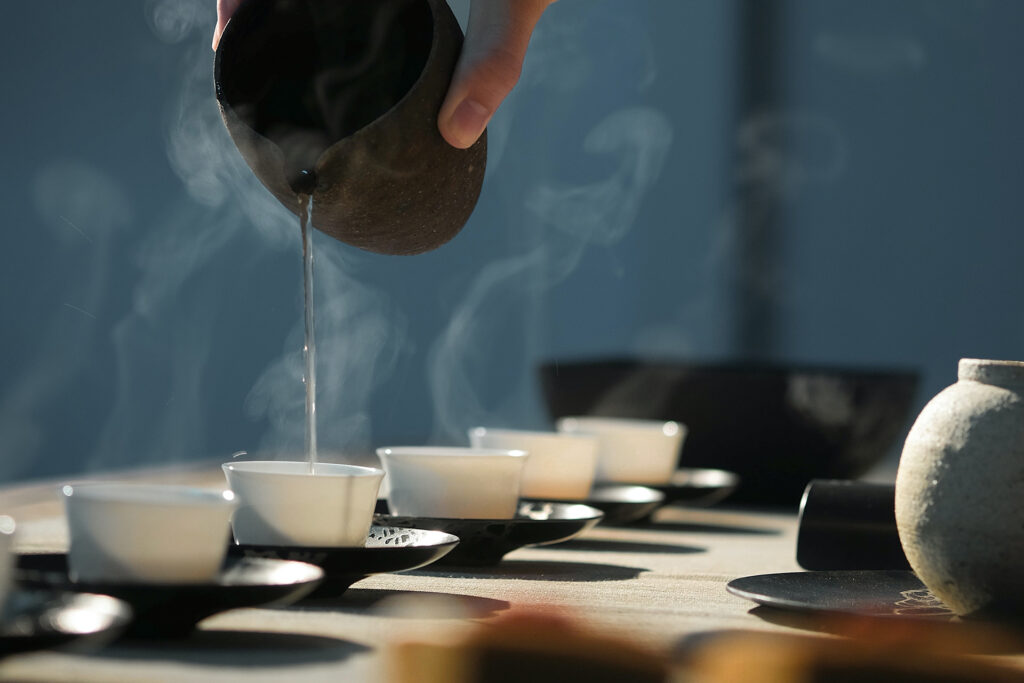
Author and experience design professor Mat Duerden picked up on the issue of “resocialization anxiety”, whereby people are nervous about fully re-entering society after a year of isolation, including on their local high streets. “People are all over the place and experience design is about designing empathy, so we need to be aware of this. How might we help all people re-engage in the spaces we’re talking about, recognising that there’s a broader array of perspectives on how we feel?”
“People are all over the place and experience design is about designing empathy, so we need to be aware of this. How might we help all people re-engage in the spaces we’re talking about, recognising that there’s a broader array of perspectives on how we feel?”
Mat Duerden, experience design educator
Sheena Patel, the founder of YonderBeyond, and Stephanie Riggs, author and storyplexer, decided to look at the challenges of social anxiety and rehabilitation from the perspective of co-creation. “It would be interesting to find out how communities want to reclaim their high streets, where the gaps currently are, and to understand and work with the nuances in social anxiety,” Sheena said.
Sheena also brought up the idea of “creative defiance – taking a place you know and flipping it on its head to give it a new identity, as with a street festival. How can we create these new identities as well as new rituals, for example around breathing, to help people breathe freely again in their own communities?” She used the example of a recent campaign by restaurant chain Wagamama that referenced the Japanese art of kintsugi – repairing broken pottery with gold lacquer – to suggest that Wagamam could gift their signature long tables to local communities to enable communal outdoor eating as an authentic, long-term act of kindness.
“Creative defiance – taking a place you know and flipping it on its head to give it a new identity, as with a street festival. How can we create these new identities as well as new rituals, for example around breathing, to help people breathe freely again in their own communities?”
Sheena Patel, founder of YonderBeyond
Talking about how they design immersive experiences, Sheena and Stephanie also mentioned the necessity of signposting things that might feel overly obvious and having different outcome levels that align with the different desires of a wider audience. This guidance and recognition of different levels also relates to resocialization anxiety – in other words, how do we do this again?
How might we educate store owners on how to design better experiences?
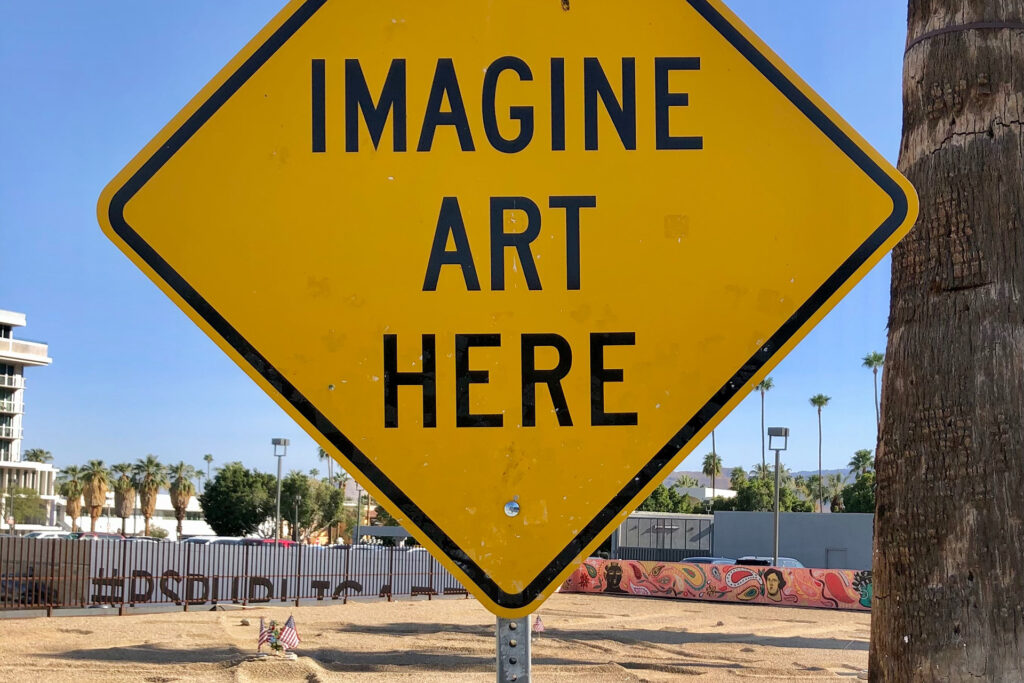
Experience designer Andrew Lacanienta pointed out that some business owners on the high street simply haven’t thought about designing for time well spent, instead designing for time well saved. Added to the plague of online shopping and the fact that people have forgotten how to socialise, this oversight could be their downfall – as visual thinkologist Kevin Dulle suggests, “how might we educate the high street on the Experience Economy to be competitive and survive?”
“We want every experience to be a learning experience – for example, in public parks rather than just having signs telling us what not to do, how about having signs suggesting things we could do?”
Mohamed Baghat, LX pioneer
LX pioneer Mohamed Baghat and experience design professor Bob Rossman agreed that the key lies in identifying learning opportunities to educate people about the new normal. “We need to change the mindset of the designer, not just the customer or the shop owner. We want every experience to be a learning experience – for example, in public parks rather than just having signs telling us what not to do, how about having signs suggesting things we could do? We need to help people to see the positive behaviour we want to reinforce.”
“Purpose drives your story, so mom-and-pops need to become storytellers and stage it well.”
Andrew Lacanienta, experience designer
Paired with immersive theatre expert Peter Holst-Beck, Andrew came up with the idea of creating community workshops for local businesses on what and how to use the experience economy, perhaps in the form of a “week-long experience design bootcamp where they can shift perspectives, gain experience design tools and prototype real-time solutions that also have a financial benefit. Purpose drives your story, so mom-and-pops need to become storytellers and stage it well”.
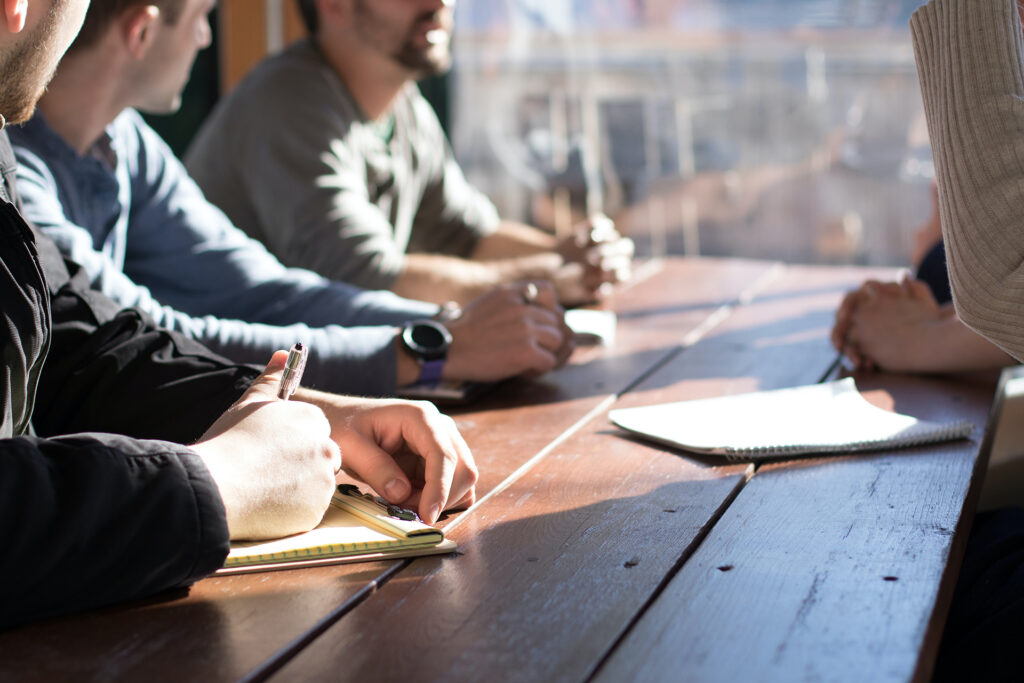
And with that – and the murmurings of making this experience design bootcamp a reality – we put out our campfire for the week, but not without taking away some key learnings that can be used across the retail sector, local or larger. In short, we won’t save our high streets – or city centres and shopping malls – without creating experiences that are authentic and empathetic, and that offer meaning and time well spent.
The next WXO Campfire runs next Wednesday 14 April. It is on the topic “The End of Storytelling”. The ‘firestarter talk’ will be by WXO Co-Founder Stephanie Riggs.
Interested in taking part in discussions about experiences and the Experience Economy? Register your interest in becoming a member here to be the first to know about upcoming WXO events, both digital and IRL.

